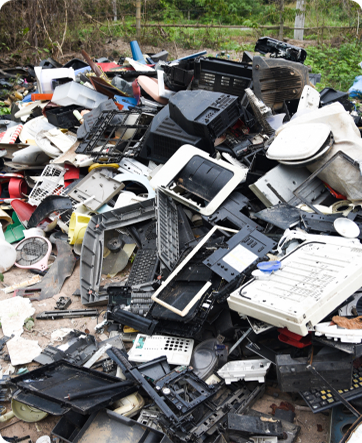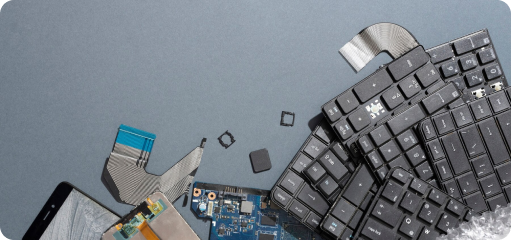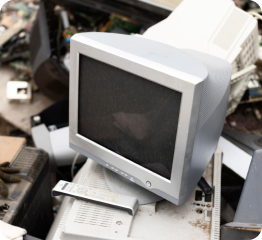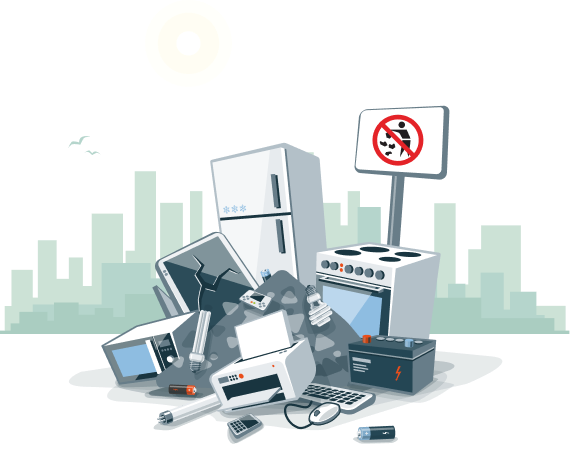What is E-Waste?
E-waste, or electronic waste, refers to discarded electrical or electronic devices. This includes a broad range of products, such as computers, mobile phones, televisions, and household appliances. E-waste contains various hazardous materials like lead, mercury, and cadmium, which can be harmful to the environment and human health if not properly managed.






Newer and more advanced electronics are frequently introduced, making older models obsolete.
The constant desire for the latest gadgets leads to more frequent disposal of older devices.
Manufacturers often design products with a limited lifespan to encourage consumers to replace them sooner.
High costs and difficulty in repairing electronics push consumers to buy new items instead of fixing old ones.
The amount of e-waste generated globally is increasing rapidly. According to the Global E-waste Monitor 2020, the world generated approximately 53.6 million metric tons of e-waste in 2019, and this number is expected to grow due to increasing electronic consumption and shorter product lifecycles.
 Do’s
Do’s Don’ts
Don’ts
Many consumers are unaware of the proper disposal methods for e-waste.

Many regions lack the necessary facilities and systems to collect and recycle e-waste efficiently.


Safely handling and disposing of toxic substances in e-waste is complex and costly.

Inconsistent regulations and enforcement across countries complicate global e-waste management efforts.